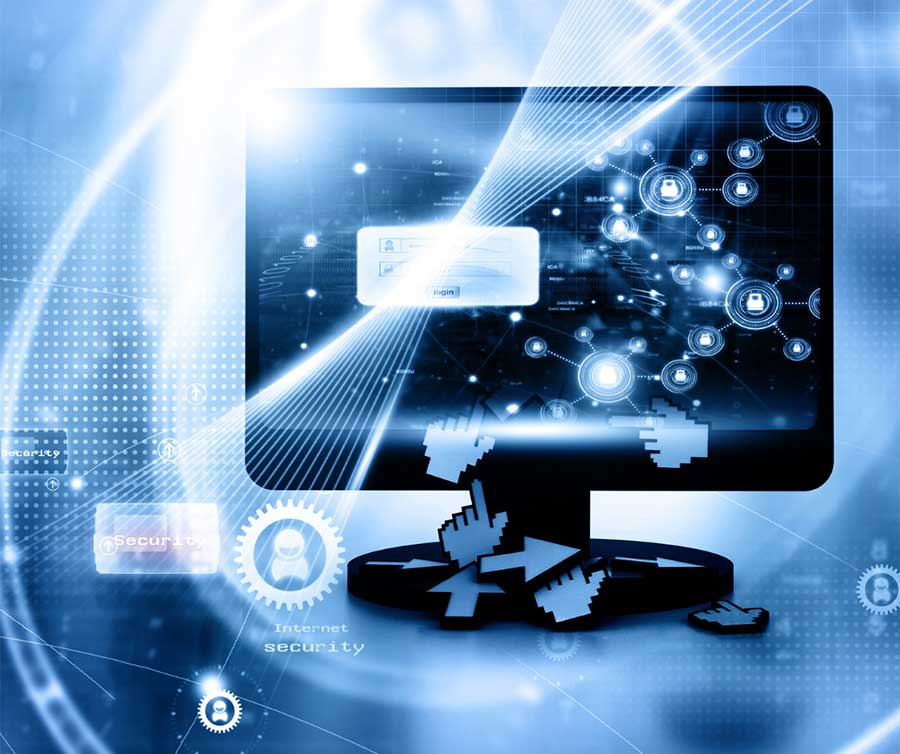When you are setting up your business, especially with remote work still going strong, you might wonder if it is worth having multi-factor authentication or MFA.
Multi-factor authentication has been in use for a long time and it can be a benefit to businesses.
So, what is multi-factor authentication? It’s a method of having system users use two different tools to log into an account, an app or a virtual private network or VPN. It’s a way to keep systems safer from hackers, phishing scams and other bad actors.
Usually, you can log into a system with just a username and password. But with MFA, you have to add another proof (or factor) of your identity – code sent to your cellphone, for example. A factor can be a password, a PIN, something you have (a tablet or phone) or something like a fingerprint or facial recognition software.
It’s an extra layer of security that proves someone is who they say they are. Usernames and passwords are notoriously easy to hack.
Who uses multi-factor authentication? Many online services such as banking, email, shopping sites and systems like Microsoft 360 or other cloud-based business applications use MFA. It’s a way to make these vulnerable accounts more secure.
MFAs are commonly used when you sign into a site, app or system for the first time on a new device or even using a new IP address. Think of it this way: If someone gains access to your email, username and password, they can log in as you – from anywhere – and do what they like in your accounts.
Multi-factor authentication is another barrier in place to keep things secure (especially when it is built into a cloud-based system or business application accessed through a web portal or a standalone solution, such as WatchGuard AuthPoint, that integrate with a variety of systems.
MFA might be a little inconvenient, but it’s a small price to pay for an added layer of security.
AccuNet Inc.
If you have questions about multi-factor authentication, we can help. Contact us today!





